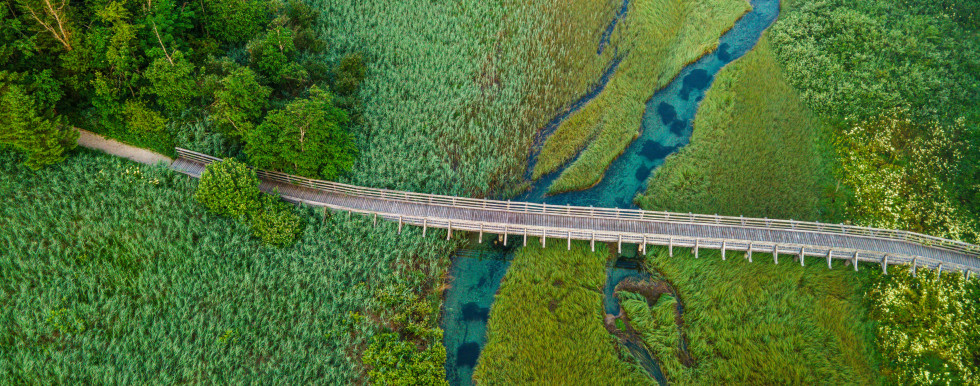Four years of the Recovery and Resilience Plan
Slovenia has EUR 2.23 billion in European funds available until the end of 2026 to implement the Recovery and Resilience Plan (RRP), which forms the basis for the use of the largest part of the NextGenerationEU Recovery and Resilience Facility (the Facility). It may use EUR 1.61 billion in grants and EUR 613 million in loans.
The RRP consists of 36 reforms and 48 investments linked to 200 milestones and targets that are conditional for the disbursement of available funds. The European Commission (EC) disburses the available funds once it has assessed that the country has satisfactorily met the milestones and targets relating to each instalment.
Since the start of the RRP, Slovenia has submitted four requests for payment of available funds, i.e. six instalments of grants and three of loans, covering a total of 91 milestones and targets. To date, the country has received payments for the first three requests, as the EC has assessed that it has met all 64 milestones and targets related to the requests. Together with prepayments, Slovenia has to date received EUR 1.1 billion from the Facility, of which EUR 673 million of grants and EUR 426 million of loans.
Payment of the fourth request consisting of 27 milestones and targets is expected in autumn. The total gross value of the request is EUR 502 million. Due to the pro-rata deduction of the advance grants received by Slovenia at the start of the RRP's implementation, Slovenia is eligible for a maximum disbursement amount of around EUR 440 million net.
Reforms
According to the line ministries' estimates, out of a total of 36 planned reform measures, 22 have been fully implemented, or 52 out of a total of 67 related milestones and targets (the latter constituting 78 percent). In the past year of implementation, important steps have been taken in relation to the most visible reforms of the RRP. The Government has submitted to the Parliament a legislative proposal for comprehensive amendments to the Pension and Disability Insurance Act. The act governing the public sector salary system and the act establishing a "crisis" scheme for reduced working hours have entered into force.
Investments
In the final year of implementation, the focus will be on milestones and targets in the investment part. To date, ministries have published more than 50 public calls for proposals for the selection of projects for the implementation of planned investments.
Currently, there are around 1,300 projects underway across Slovenia. According to information from the ministries, most are in progress, with 296 already completed.
In four years, Slovenia has used the European recovery and resilience funds, among other things, to:
- complete five projects to increase railway infrastructure capacity. Railway stations in Grosuplje, Domžale and Nova Gorica have been renovated, and two railway infrastructure renovation projects totalling 49 kilometres have been completed on the Kranj–Jesenice and Ljubljana–Brezovica–Borovnica sections.
- complete 11 municipal drinking water supply and saving projects, and 12 urban waste water collection and treatment projects – including in the municipalities of Šenčur, Cerknica, Kočevje, Benedikt, Dobrna, Tolmin and Ivančna Gorica;
- help more than 1,500 young people into their first job;
- encourage more than 50 companies in the woodworking industry to increase domestic and environmentally friendly wood processing;
- support more than 200 projects to increase resource efficiency in companies and facilitate their transition to a circular economy;
- launch projects for the construction of a broadband network. Their goal is to enable access to high-capacity electronic communication services to at least 6,838 households;
- implement 12 projects to strengthen the sustainable development of public tourism infrastructure and natural attractions in tourist destinations, including the projects "Landscaping of the outdoor areas around the castle in Metlika," "Construction and upgrading of the trail – Old Castle Celje," and "Upgrading of the river cultural heritage – Beltinci";
- open the Transport and Freight Museum in Senožeče and the renovated Štanjel Castle, which will house a cultural incubator.
The state has already paid over EUR 960 million from the Facility to final recipients or project sponsors for the project activities carried out.
Information on RRP projects can also be found on the interactive map of the EC and on social networks facebook.com/EUsredstvaNOO and instagram.com/noo_evropska_sredstva.


